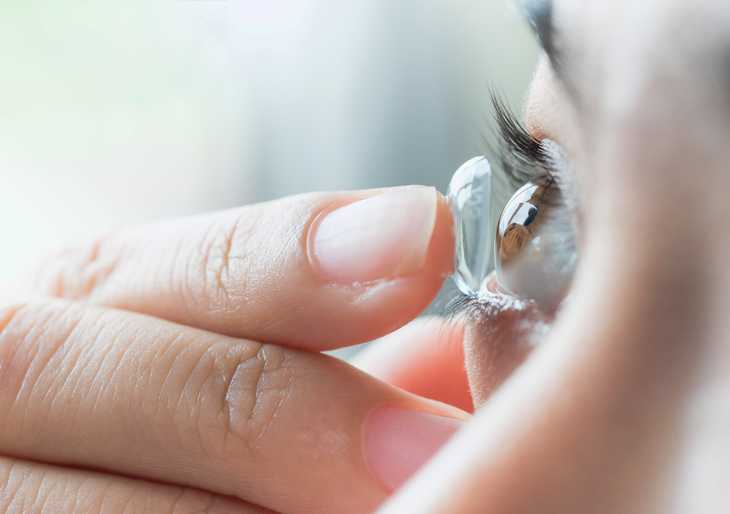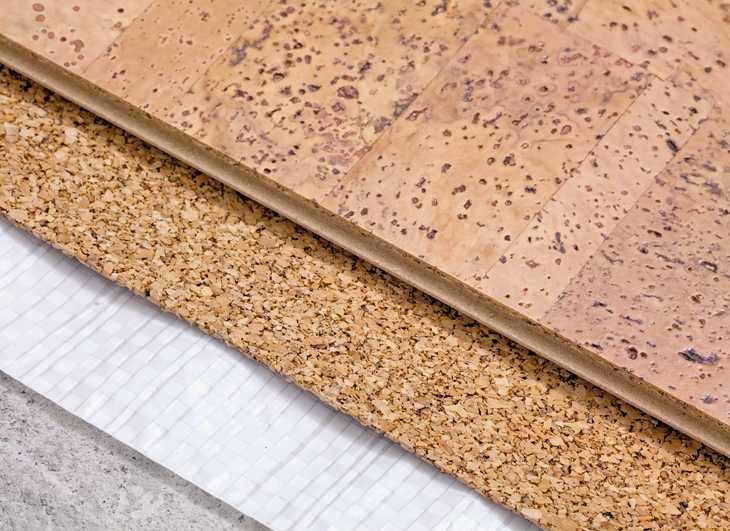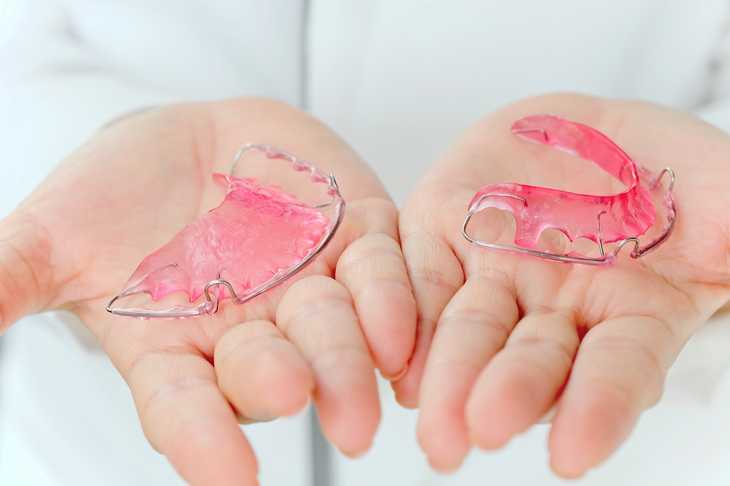What do contact lenses cost??

There are some good reasons to wear contact lenses rather than glasses. Apart from the aesthetic aspect, contact lenses also offer some other advantages over them, such as sports. Here glasses can even pose a security risk, but at least it hampers sports practice.
Contact Lens Costs – Daily, Monthly and Annual Lenses
The cost of contact lenses depends on a number of factors, including the type and material of the lens, the manufacturer and the wear duration.
Daily lenses are only worn for one day and then disposed of. They are therefore suitable if the demand exists only on specific occasions. They are available in the storage pack. The optician starts the prices for one 30-pack at about 25, – Euro.
A 30-pack holds 15 days, so you should expect a cost of at least 1.50 euros per day. The upper limit is around € 3.50 per day – but these are special multifocal lenses for use with presbyopia.
Monthly lenses can be used for one month, unlike daily lenses. Despite the higher price, they are financially worthwhile if you wear them at least three times a week. A disadvantage is that they need to be cared for regularly to prevent irritation of the eye and the accumulation of dirt and bacteria.
There are different types of monthly lenses:
| Type of contact lens | Application at |
|---|---|
| Spherical | Short or long-sightedness |
| toric | astigmatism |
| multifocal | presbyopia |
Depending on the type, the costs differ. So you get a 6-pack of spherical contact lenses from 30, – Euro, for a 6-pack toric contact lenses are at least 60, – Euro due. Per piece for monthly lenses fall about 5, – to 10, – Euro.
Since daily lenses are disposed of directly after wearing, they need no care. But that is different with monthly lenses. Here you should plan a cleansing and nourishing contact lens fluid and associated containers. The liquid is already available from about 8, – Euro. The containers are usually included, otherwise fall to about 2, – to 5, – Euro.
Danger! The contact lens container should be replaced every three months at the latest.
Annual lenses are usually in the form of hard lenses. These are smaller and must be adapted by an optician especially to your eye. Due to their stable material and the special adaptation, they are quite expensive.
Thus one can count on costs of approx. 90, – Euro upwards and possible additional costs for the adjustment of approximately 70, – Euro per lens.
However, in the long term, they can still be cheaper than monthly lenses, depending on how often you would use them. Counter-calculations can be worthwhile here.
Even with annual lenses care must be taken to ensure proper care.
Colored contact lenses are available as monthly lenses in a pack of 2. They are available with or without starch and cost at least around 14, – Euro.
Cost overview:
| Type of lens | approximate costs |
|---|---|
| daily Disposable | 1.50 to 3.50 each |
| monthly lenses | 5, – to 10, – Euro per piece |
| Yearly Disposable | from 90, – Euro per piece (+ adjustment costs) |
| colored lenses | from 14, – Euro for 2 pieces |
All prices are approximate values including VAT and may of course vary.
Especially as a “contact lens beginner” you should consult an ophthalmologist who can also customize the contact lenses. He not only selects the right lens for you, but also gives you tips on how to use and care for the contact lenses. As an alternative, an optician can of course also help you here.

Materials for contact lenses
There are different materials from which contact lenses are made. These often have an influence on the costs.
- The cheapest material, hydrogel, is already the longest used for contact lens production.
- silicone hydrogel is more expensive and has a better oxygen permeability. This is especially beneficial for sensitive and dry eyes.
- Lotrafilcon has such high oxygen permeability that contact lenses made of this material can be worn throughout the day as well as at night.
In addition, Hyaluron can be used, which permanently moisten the cornea and thus provides sufficient moisture.
Reimbursement by the health insurance
A reimbursement by the health insurance is only possible in exceptional medical cases and for certain indicators. These include short or long sightedness with more than 8.0 diopters or structural changes in the cornea. An example would be an irregular astigmatism, which can only be optimally corrected with contact lenses and demonstrably guarantees a better view than with glasses.
In the case of minors, the costs will be paid in full, subject to an audited claim for reimbursement, and adults will receive a grant. This usually does not cover the complete costs, especially if high quality lenses are emphasized.
Entitlement to reimbursement is dependent on fixed fixed amounts for visual aids. These are defined by the central associations of the statutory health insurance companies. From this regulation results a limitation of the obligation of the health insurance companies.
Currently, the upper limit for the refund per contact lens is about 164, – Euro (as of March 2018). Costs for care products will not be taken over.

Set contact lenses off the steering wheel
In addition, contact lenses can be tax deducted as an exceptional burden in the area of special expenses. Prerequisite for this is the proof of medical necessity, for example as a prescription of an ophthalmologist. Invoices, receipts, or receipts for co-payments must be submitted.
There is a fixed own contribution. All costs that exceed this can reduce the tax burden.
Important information about contact lenses
Since the contact lenses are located directly on the eye, there is a certain basic risk, especially in comparison to glasses. However, this can be reduced to a minimum if you have the lenses adjusted and carefully maintained – because then contact lenses are harmless.
Basically, the risk is slightly greater for soft contact lenses than for hard, as they sit more firmly on the eye and cover a larger area.
Nevertheless, they are more popular than hard contact lenses, as they are cheaper and easier to use, and even these contact lenses pose no problem if some safety measures are followed.
With all contact lenses, especially with soft contact lenses, you should make sure that these are optimally adapted to your eye by the optician or optician.
Otherwise, it may happen that the cornea is no longer sufficiently supplied with oxygen. In the worst case, this can cause vessels to grow in and eventually lead to diminished eyesight. This can then no longer be resolved.
In this context, you should also regularly check your eyesight, as this may change over time and may require a re-fitting of the contact lenses.
After having a pair of fitted contact lenses, it is important to take good care of them. Otherwise, germs, fungi and bacteria can collect and cause eye inflammation.
The hygienic handling of contact lenses starts with not touching them without first having your hands washed and dried with a clean towel. Also, the lenses should not be cleaned with tap water, but with special surface cleaners or combination solutions and a saline solution.
If the lenses are not being worn, they can be placed in contact lens fluid for disinfection.
You want a life without glasses or contact lenses? In this guide we will inform you about what it costs to have your eyes lasered!
Has this article been helpful? If so, we look forward to your positive review! This will help us to make acquainted with preisblick.de!
Now click on “5 stars” on the far right. Many thanks!
(16 Rating (s), on average: 4.38 of 5)
Related Posts
-

Cork floor laying – cost – variants in overview
How much is cork?? Cork flooring has many advantages and is therefore often used in apartments and houses. Not only that it is particularly suitable for…
-

Retainer – cost – variants at a glance
What do Retainers cost?? To stabilize corrected tooth positions – especially after treatment with a fixed brace – so-called retainers are often used….
-

Veneers – cost – variants in overview
What do veneers cost?? A radiantly beautiful smile is considered attractive and is sought by many people. In order to achieve this, veneers are often…
-

Braids cost variants at a glance
What do you cost Bra? > Braids, also called Rasta heads, are numerous small braids to which the hair is braided – usually with the involvement of…
